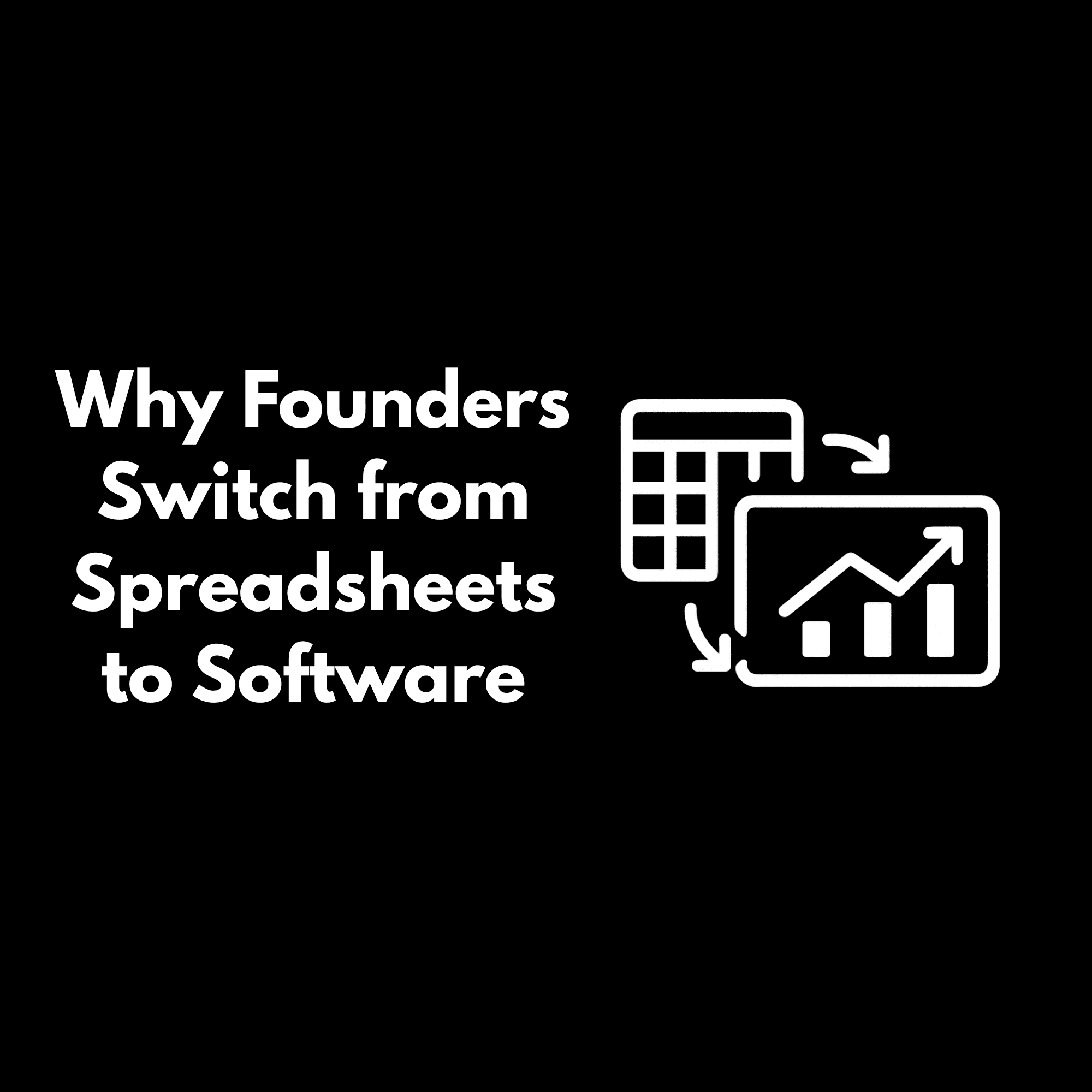Blog
Finance Advice
How to Model Headcount and Hiring Plans in Your Startup Financial Model
Learn how to model headcount and hiring plans inside your startup financial model. Understand timing, cost, revenue impact, and runway implications.

Renato Villanueva
CEO & Cofounder
Nov 19, 2025
Hiring should be one of the most strategic decisions a founder makes. It also happens to be one of the easiest places for your financial model to break.
Headcount drives the majority of your costs. It also determines how fast you can build, sell, support customers, and hit the milestones that matter for your next round. When hiring plans aren’t modeled well, founders end up over-extending, under-investing, or making decisions without understanding the impact on runway.
Thus, founders need a solution to model smarter.
In this post, we’ll walk through how to model headcount inside your financial plan, what to include, and why tools like Parallel make this process dramatically easier for early-stage founders.
Headcount Planning Affects All Aspects of Your Startup
Headcount is a collection of assumptions that influence every part of your plan:
Burn rate: Salaries, benefits, taxes, and tools
Revenue capacity: Sales, success, and onboarding productivity
Product velocity: Engineering throughput and roadmap pace
Runway: How long your current capital lasts
Fundraising timing: When you need to raise and how much
Good headcount modeling will also help you answer questions like:
When should we hire our next AE or engineer?
How much runway does a new hire add or remove?
What does headcount look like in our Series A scenario?
Poor modeling hides this. Great modeling makes it obvious.
What Makes Headcount Hard to Model in Spreadsheets
Most founders start their model in Sheets. It works at first, but then things change as your startup matures.
A few issues appear quickly:
Every role has different timing and cost
Ramp periods create nonlinear expenses
Salaries feed multiple expense categories
One change breaks six formulas
Your model goes stale faster than you can update it
Headcount is dynamic. Spreadsheets are not.
This is why many founders end up making hiring decisions based on gut instead of numbers.
How to Model Headcount the Right Way
A strong headcount model should include:
1. Current Team
List existing roles with:
Salary
Benefits & taxes
Start date
Variable comp
Team allocation
This gives you a baseline for current burn.
2. Planned Hires
Each future hire needs:
Role type
Expected start date
Compensation
Ramp period
Fully loaded cost
The timing matters as much as the cost. A hire in April vs. July can be the difference between 16 months of runway and 20.
3. Role-Specific Impact
Sales and success roles are supposed to connect to revenue output.
This means modeling:
Quota
Productivity ramp
Win rates
Pipeline requirements
Expansion revenue
When your model links hiring to revenue, you get a clear view of when a salesperson starts generating more than they cost.
4. Scenario Modeling
Great founders build multiple plans and test them against each other:
Hiring now vs. hiring next quarter
Two AEs vs. one AE
Delayed engineering hiring
Higher or lower ramp productivity
Each of these decisions changes your burn, runway, and path to the next milestone.
Parallel Makes Headcount Modeling Easy for Founders
Parallel is built to take all the moving parts above and make them simple.
Inside Parallel, founders can:
Add and edit roles without touching formulas
Parallel pulls your existing headcount in automatically and lets you adjust salaries, timing, and role types in seconds.
Model future hires with clear, realistic assumptions
Set start dates, compensation, and ramp periods. Parallel handles how those flow into payroll, taxes, and tools.
Connect headcount to revenue
For GTM roles, Parallel links productivity to top-line revenue so you can see if a hire adds to, or subtracts from, runway.
Run hiring scenarios instantly
Add two AEs, delay engineering hiring, or test a lean plan. Parallel updates burn, runway, and revenue automatically, allowing you to test side-by-side scenarios.
Share an investor-ready plan
Your operating plan, runway chart, and financial model update automatically. No formatting. No manual cleanup. Just clarity.
Always Be Aware of Hiring
Hiring is one of the most important levers in a startup. But without a clear headcount model, it’s also one of the riskiest.
When you can see the financial impact of each hire (on burn, runway, and revenue) your decisions become clearer, faster, and more defensible.
Parallel gives founders that clarity.
No spreadsheets. No broken models. Just an operating plan you can trust.
Model your hiring plan in a free walkthrough with Parallel.
FAQ
Why is headcount planning important in a startup financial model?
Headcount is usually a startup’s largest expense and the main driver of execution capacity. Modeling it correctly helps founders understand how hiring decisions affect burn, runway, revenue, and fundraising timelines.
How do I know when to hire a new role?
The best time to hire is when you can connect the role to a measurable output: revenue, product delivery, onboarding capacity, or cost reduction. Modeling scenarios in Parallel lets you see whether a hire extends or shortens your runway before committing.
How should I account for ramp times in a headcount forecast?
Most roles (especially sales and engineering) don’t reach full productivity immediately. In Parallel, you can set ramp periods so your model reflects realistic timelines for output, expenses, and revenue contribution.
Should sales and CS hires be modeled differently than other roles?
Yes. GTM roles should connect directly to revenue assumptions such as quota, conversion rates, and expansion potential. Parallel links headcount to revenue so you can see the real impact of each hire on ARR.
Why use Parallel instead of a spreadsheet for headcount modeling?
Spreadsheets break easily, require manual maintenance, and don’t support real-time scenarios. Parallel automates cost allocation, updates runway instantly, and models hiring decisions in seconds, giving founders clarity without the overhead.

Renato Villanueva
CEO & Cofounder



